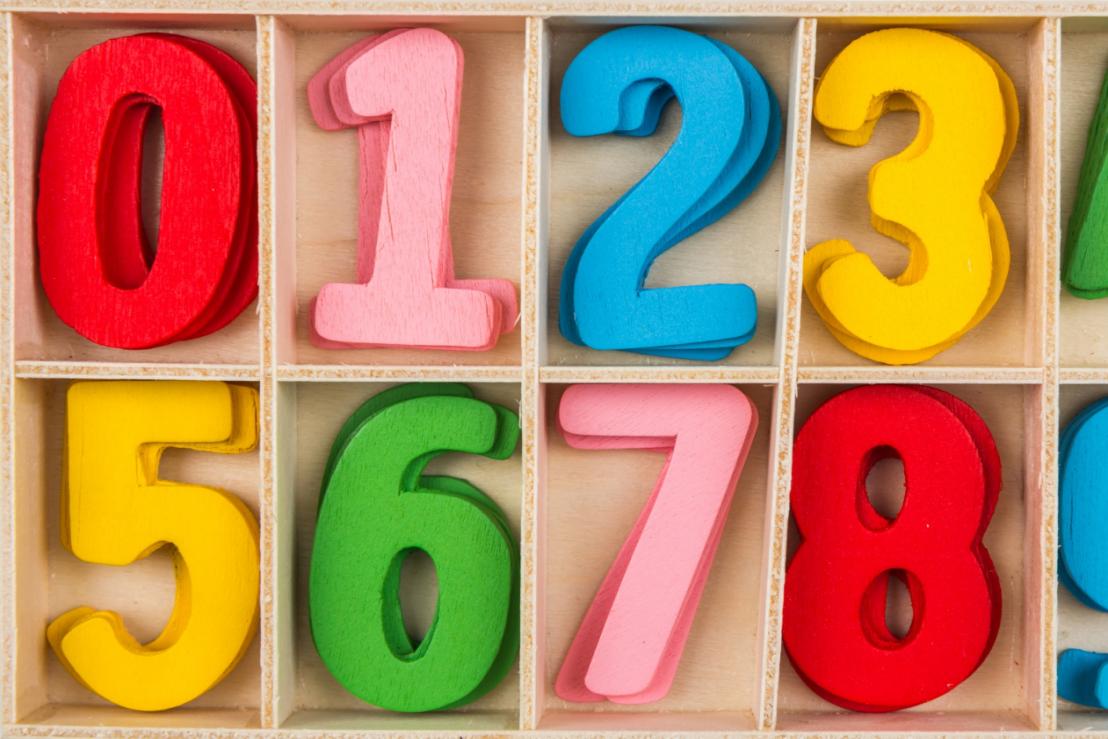Modal verbs in English
6 Mar, 2023

Like any other part of speech, numerals have their own characteristics. There are three types: ordinal, quantitative and collective. Their purpose is not difficult to guess by the name, but let's take a closer look at what they are.
What it is
Cardinal numbers are those that answer the question "how much?" and its derivatives. Simply put, with their help, we talk about the amount of something. In English, this is "how many?" and "how much?" referring to countable and uncountable nouns, respectively. Cardinal numbers are what we learn first. First, from 1 to 10, then 11 and 12, then 13 - 19, followed by tens, hundreds and thousands.
|
1 – one 2 – two 3 – three 4 – four 5 – five 6 – six 7 – seven 8 – eight 9 – nine 0 – zero |
11 – eleven 12 – twelve 13 – thirteen 14 – fourteen. 15 – fifteen 16 – sixteen 17 – seventeen 18 – eighteen 19 – nineteen |
20 – twenty 30 – thirty 40 – fourty 50 – fifty 60 – sixty 70 – seventy 80 – eighty 90 – ninety 100 – a/one hundred 1,000 – a/one thousand 1,000,000 – a/one million |
How are formed
The formation of the word form of the numeral occurs in the same way as with other parts of speech. True, the only way of word formation applicable in this case is suffixal. But there are exceptions.
To form numbers from 13 to 19, you need to add the suffix -teen to the number. To make it easier to remember, you can use the association with the word teenager, because that's where it came from (the English suffix -teen and the word age - age).
Education from 3 and 5 is different, since here there is some replacement of letters in words. 13 would be written as thirteen (not threeteen), 15 would be fifteen. We advise you to pay special attention to these numbers, as their incorrect formation and pronunciation are the most common mistakes in this topic.
To form tens, add the -ty suffix. The rule with the exception of education from 3 and 5 works here too. 30 - thirty (instead of threety), and 50 - fifty (instead of fivety).
The numerals 11 - eleven, and 12 - twelve are exceptions. They just need to be remembered, since they do not obey the rules of word formation, having their own word forms.
Features of writing and use
The first feature in writing cardinal numbers should be considered that hundreds and tens are written using and between them, and tens with the number (49) are written with a hyphen:
The second thing to remember is that hundreds, thousands, and millions are not plural. In English the use of the plural will be considered a gross mistake.
And, third, but not least in importance - commas after thousands. It's commas, not dots. And yes, you need to know that too.
Of course, we've covered grammar rules that can seem pretty strict. In fact, in colloquial practice, everything is quite simple - there is no mandatory and or a comma after every 999. But this does not mean that you can be careless about the rules. Knowing the rules always plays a key role in learning a language.